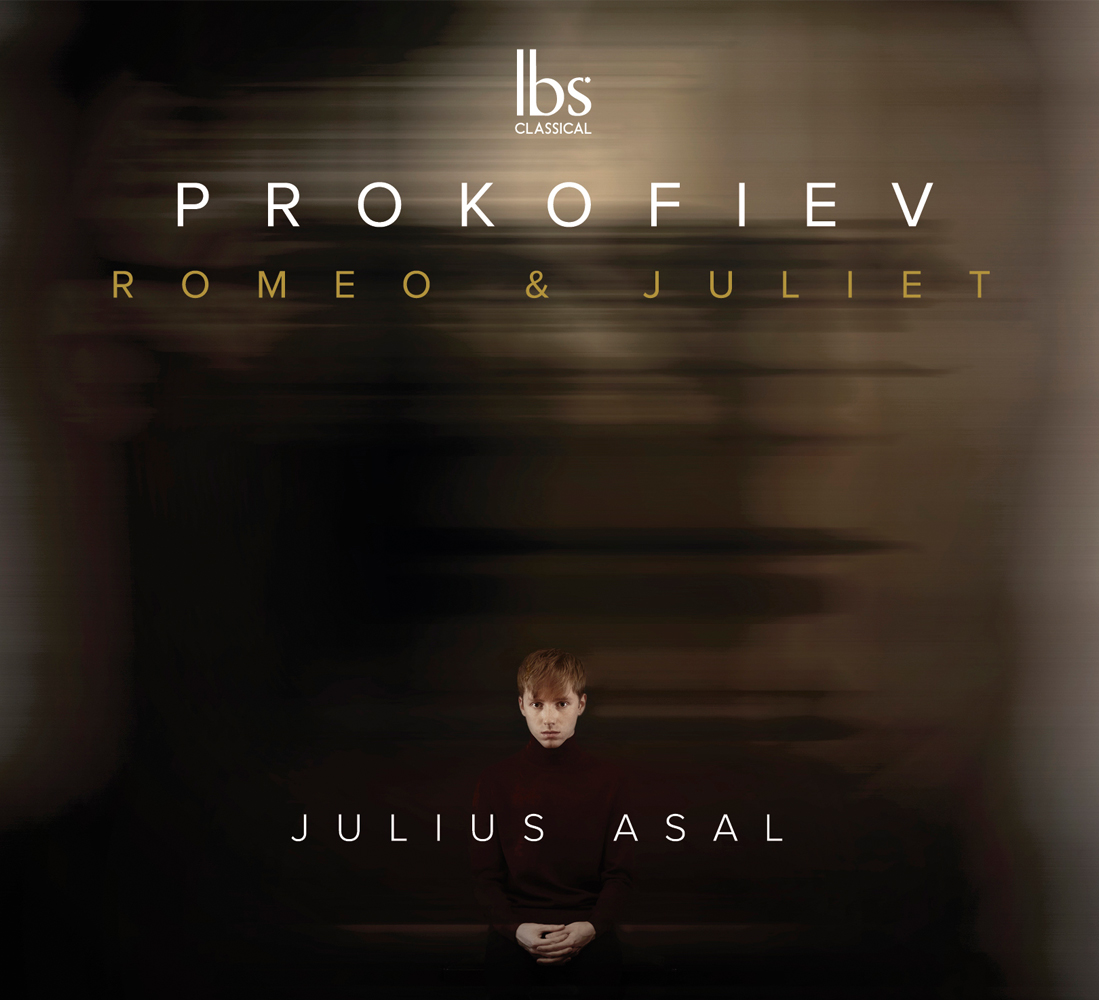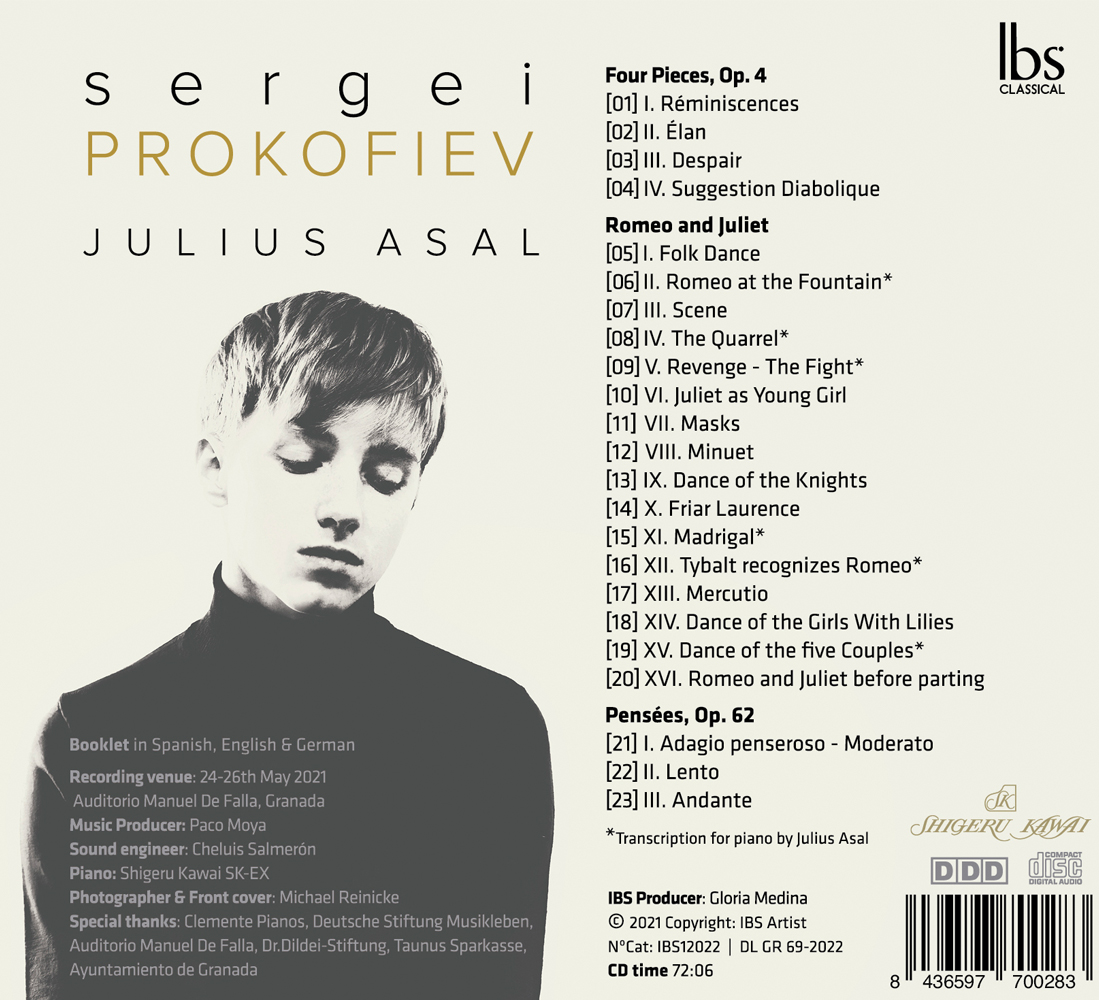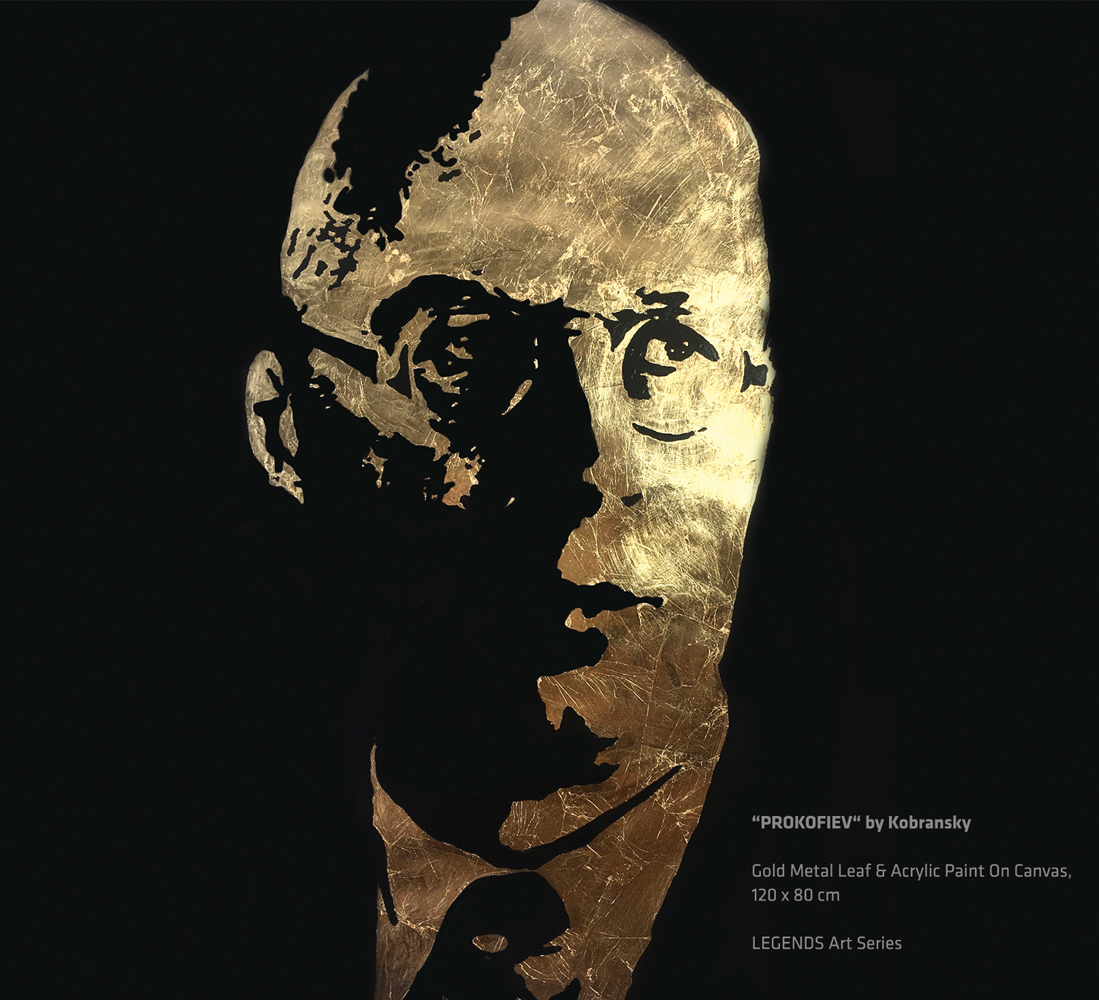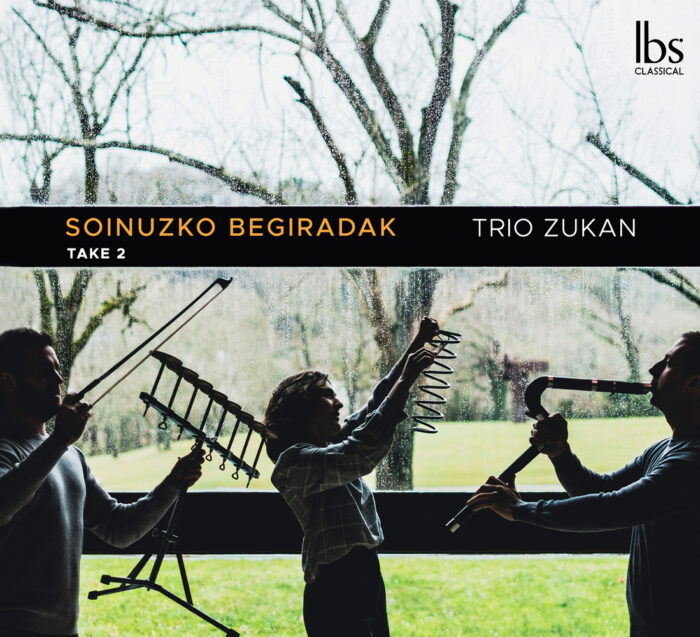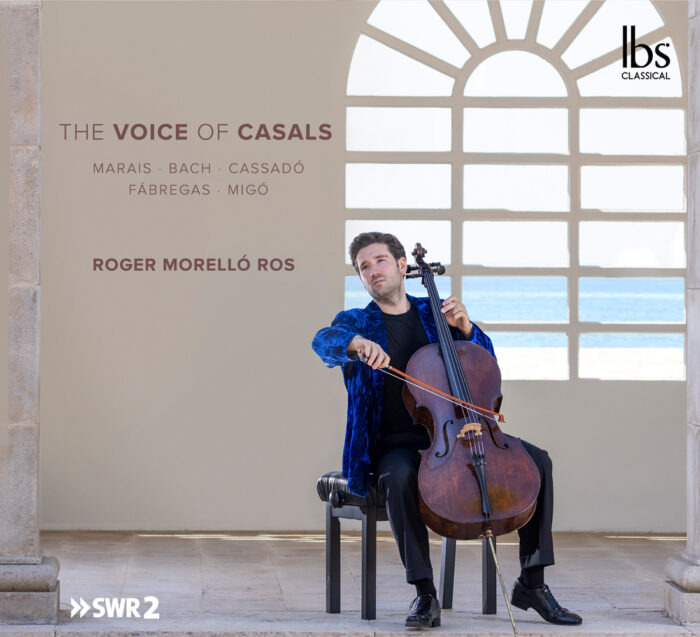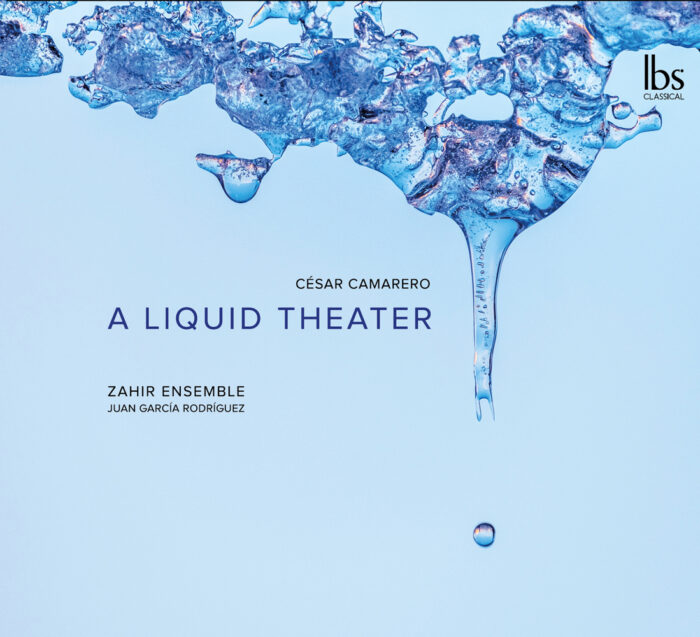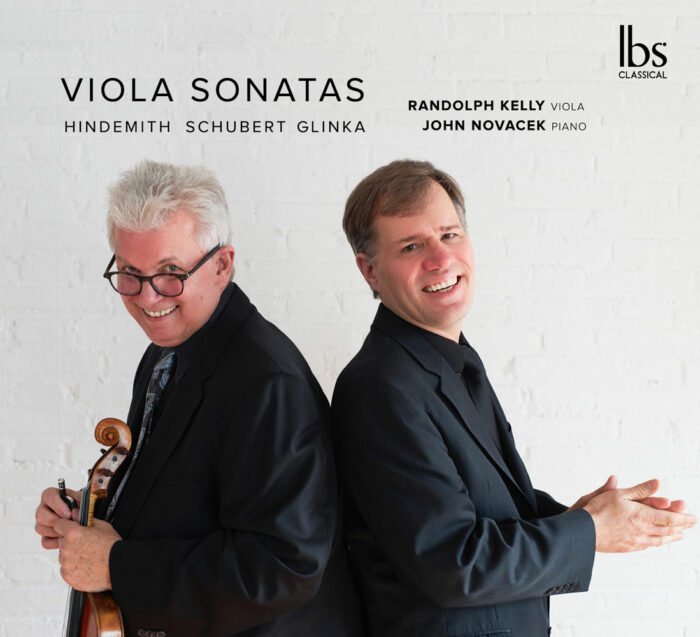Julius Asal
14,95€
This CD is not only a confession and result of my great admiration for the music of Sergei Prokofiev, it also reflects an intense examination of one of the most multifaceted and versatile artists of the 20th century. My chosen program spans around three decades of his compositional works, in which hope and fate, innocence and abyss, directly intertwine and contrast each other. At the heart of this recording is the ballet Romeo and Juliet, based on the play by William Shakespeare. In addition to a total of three orchestral suites, the composer also created a suite for piano containing ten selected transcriptions from the orchestral version. This version, for the first time, includes six other pieces from Romeo and Juliet, which I arranged for the piano in 2020. They add other famous themes to the original piano suite as well as about half of it’s original duration.
14,95€
Romeo and Juliet
At the heart of this recording is the ballet Romeo and Juliet, based on the play by William Shakespeare, which tells the love story of two young people under the influence of their warring families and ends with the suicide of both protagonists. The stage work, which premiered on the 30th December 1938 in what was then Czechoslovakia, comprises three acts and is considered one of the great milestones in the composer’s career. After Sergei Prokofiev, for the course of the October Revolution, had from 1918 to 1936 at first stayed in the USA and then mainly in France, it was also his first major success following his return to the Soviet Union.
Romeo and Juliet exemplifies Prokofiev’s stupendous ability to make music virtual and was groundbreaking for the incidental music genre. Prokofiev knew how to drastically change musical scenarios from one moment to the next. He could follow the greatest euphorias with immediate failure, cause carefree beauty to collapse and make the darkest colors suddenly shine. In this massive work, many of his composer’s faces and influences come together. The mostly traditional tonal language finds a counterbalance through the use of sometimes strong dissonances, while some lyrical parts merge with humor and sarcasm. The rhythmic element of dance throughout gives the entire piece, despite its tragic plot, a natural flexibility and lightness. In addition to a total of three orchestral suites, the composer also created a suite for piano containing ten selected transcriptions from the orchestral version. This version, for the first time, includes six other pieces from Romeo and Juliet, which I arranged for the piano in 2020. They add other famous themes to the original piano suite as well as about half of it’s original duration. Apart from dealing with the orchestral score, which is in principle true to the original, new correlations arise occasionally through the linking of thematic material from different acts. The idea was, in particular, to bring about a cumulation of the musical characters by consciously reusing individual motifs based on the original and thus to create a new arc of tension in the piano suite. (Julius Asal)
Four Pieces Op.4
The Four Pieces Opus 4 were composed as early as 1908 during Prokofiev’s student days at the Saint Petersburg Conservatory and were revised again between 1910 and 1912. They combine striking and eruptive structures with a lyrical, late romantic attitude, a symbiosis that is almost exemplary for the young Prokofiev. Furthermore, in their richness of facets, they are already groundbreaking for their multi-layered compositional style – a style which Prokofiev will later describe as the coming together of four parallel lines; a classic, a modern, a motor and a lyrical line. For the composer, who was just sixteen years old, these piano pieces displayed not only his extraordinary talent as a composer, but also his pianistic virtuosity. He was considered an ‘enfant terrible’ – headstrong, provoking and fully aware of his enormous abilities. A certain eccentricity in his music cannot be ignored and so it is not surprising that the fourth piece in particular, Suggestion Diabolique, with its harrowing power and imagery became lastingly popular. The other pieces in the cycle are also indeed important contributions to Prokofiev’s early works, with the two slow movements in particular reflecting the traditional, painful longing and melancholy of Russian instrumental music. The piece Réminiscences (Tranquillo) at the beginning, stylistically reminiscent of Alexander Scriabin, takes a narrative stance and, through the additional marking ‘penseroso’ (thoughtful), already suggests a conceptual connection to the later Pensées Opus 62. While the second piece Élan (Molto allegro) is characterized by strong rhythms and contours and is typical of the composer’s early Russian period, the following piece Despair (Andante con agitazione e dolore) is contrasting in its depth and despair. This is essentially brought about by a chromatic ostinato that runs unyieldingly through the entire piece. The desperation of this piece is followed by the Suggestion Diabolique (Prestissimo fantastico); in the demonic opening the piano bass ushers in an unstoppable ride into hell, which is marked by a menacing insistence. A hellish ride at the limits of tonality, like a feverish dream that finally dissolves into nothingness and expires. (Julius Asal)
Pensées (Thoughts) Op.62
This fact becomes particularly clear in the Pensées (Thoughts) Opus 62; three introspective piano pieces that are mostly unfamiliar even to the specialist audience. Written in 1935, they reflect Prokofiev’s doubts about life in Paris and the desire, which has grown over the years, to return to his old homeland. The first piece (Adagio pensieroso) begins with a deep bass and bells that change unexpectedly and open up to an unanswered question. What follows is a distant melody that tries in vain to find its destination. The unsteadiness that is generated in this labyrinth does not dissolve in the second piece (Lento), which follows in a distant tritone, the so-called devil’s interval. With a semitone shift as the main motif, Prokofiev establishes a resigned atmosphere that from now on cannot be abandoned, despite lyrical insertions. In its transparency and structural simplicity, this miniature is contrasted with strong dissonances that create an almost futuristic sound. Prokofiev himself thought the piece was one of his best ideas. The mostly fragmentary melodic design and the renouncement of protruding harmonic developments compel one to consider the entire cycle, the last piece (Andante) of which stands out in a certain way from the previous ones. Here the composer increasingly finds his way back to structural correlation and lyrical definition. In addition to clear motivic parallels to his second violin concerto, which was written shortly after the Pensées, questions remain deliberately unanswered. After the tragic end of Romeo and Juliet, they also create an additional level, which in a musical context amounts to a rhetorical attempt at introspection – a numb internalization of the events, a struggle for composure, a reflection on time and its transience. (Julius Asal)
JULIUS ASAL
“Julius Asal’s piano playing immediately astonished me. I don’t know how he found his uniquely sonorous sound. The instrument seemed to tell him a secret.” (Menahem Pressler)
The German pianist Julius Asal was born in 1997 to a family of musicians. Shortly after the turn of the millennium, he began improvising on the piano and playing what he had heard on the instrument on an autodidactic basis. Years later, he received his first lessons, and since then had studied at the Frankfurt University of Music and Performing Arts, the “Hanns Eisler” University of Music in Berlin and the Kronberg Academy. Today he is a regular guest at international festivals and renowned concert halls, which has taken him to the Wigmore Hall London, the Musikverein Vienna, the Alte Oper Frankfurt and the Merkin Hall in New York. As a soloist, he has worked with various orchestras, and concert recordings have been broadcast by numerous radio channels. The multiple international prize winning pianist has been particularly shaped in recent years through the collaboration with his mentors Eldar Nebolsin and Sir András Schiff. He has also received artistic impulses from musicians such as Gidon Kremer, Christoph Eschenbach, Eberhard Feltz, Bernhard Wetz and Boris Berezovsky. His previous teachers also include Oliver Kern, Wolfgang Hess and Sibylle Cada. Julius Asal is the recipient of the Steinway Prize and has received scholarships from the Oxford Philharmonic Society, the PE-Förderkreis, the Deutsche Stiftung Musikleben and the Ferruccio Busoni Foundation. In addition to his concert activities as a soloist and chamber musician, he devotes himself to the arrangement of lecture concerts and readings with a musical framework.
